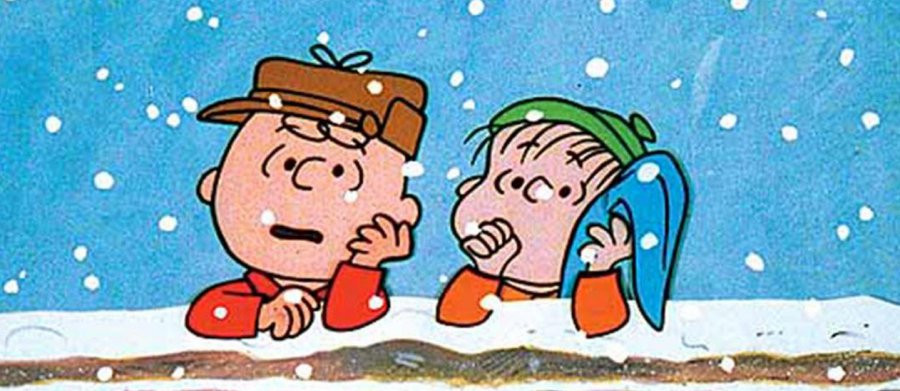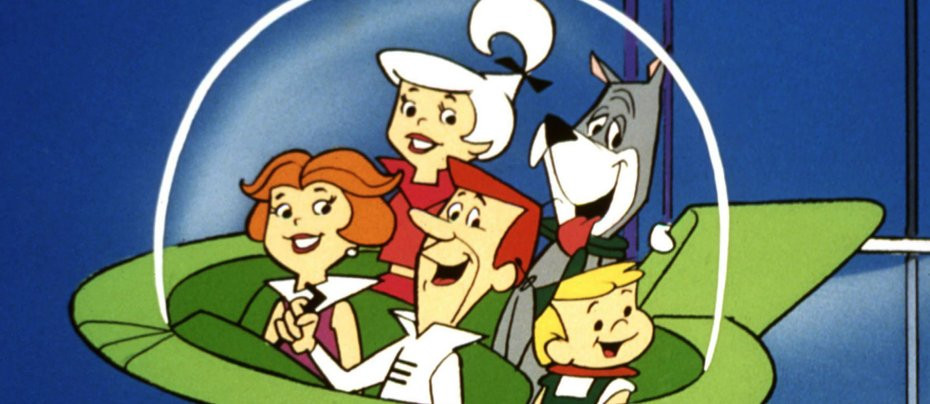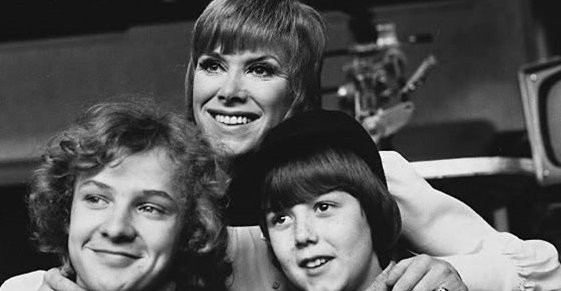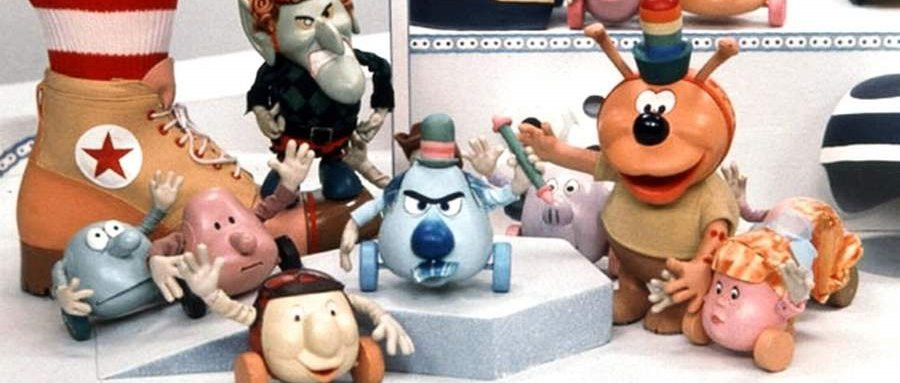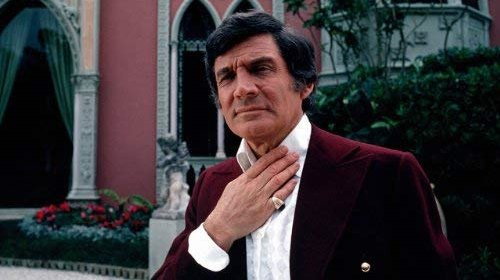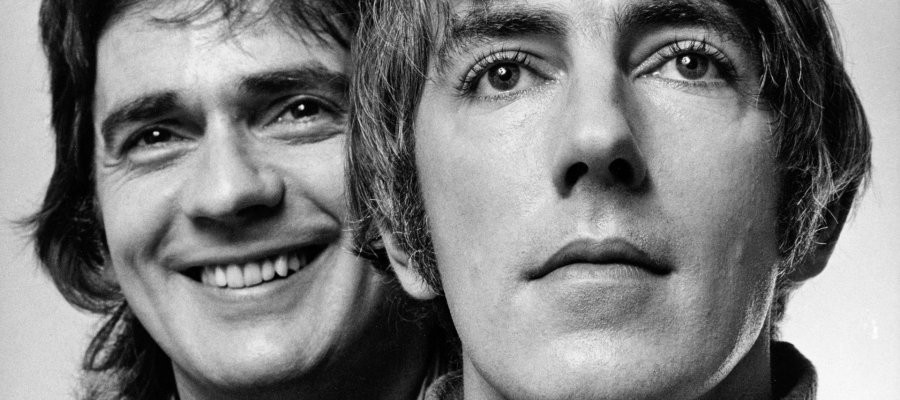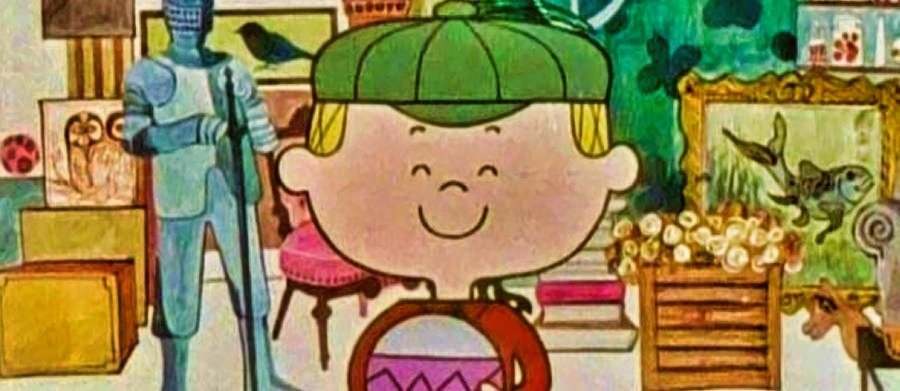
The Magic Ball
1971 - United Kingdom"Somewhere in England, by the seaside, there's a town called Haythornswaite. It's a busy town, full of busy streets, busy people and busy shops. Except for one shop, which never seemed particularly busy, perhaps because it was in a side-street, away from the main 'busyness.' But it was a good shop to go into if you had the time, because it sold interesting things..."
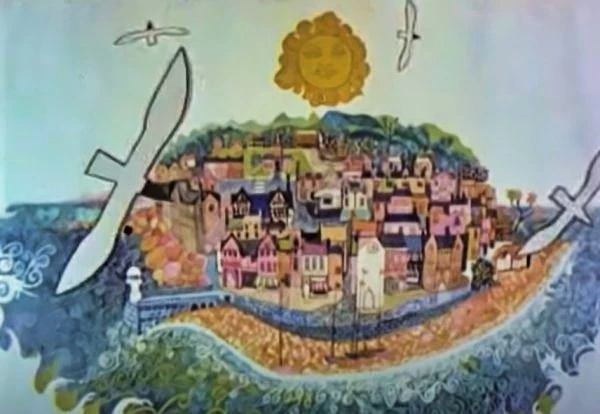
The shop which is mentioned in the above narration that introduced each episode is Aunt Mill's Shop, a mixture of antiques, artefacts, and other curiosities. Aunt Mill has a nephew called Sam, who is just like other boys...except for one thing. He has a magic ball. Sam can't help but be enthused by the marvellous wares on display in Aunt Mill's shop, and when he looks at an object and wonders about it, the magic ball transports him to where the object came from. An antique pistol, for example, will whisk him off to Dick Turpin's time, while a statuette of a Royal Canadian Mountie will transport him to North America.
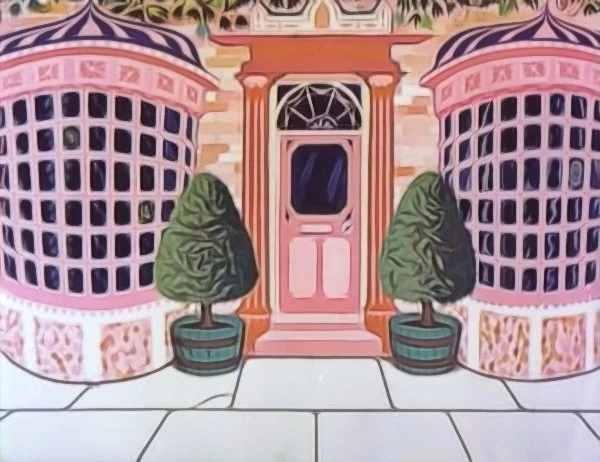
The series was produced by Mark Hall and Brian Cosgrove. At that time they called their production company Stop Frame Productions Ltd, but would soon change it to the more familiar Cosgrove Hall. Both men, who had met at the Regional College of Art, Manchester (now part of Manchester Metropolitan University), had started their careers at Granada Television in the early sixties. Mark Hall had a five-week placement which was extended to ten weeks and may have been extended further still had he not been called up to do his National Service. Upon leaving Granada, Morris Askew, head of Graphic Design, told Hall that there was a job waiting for him at Granada and Hall gratefully returned when his Service had been completed. It was here that he was reunited with Brian Cosgrove.
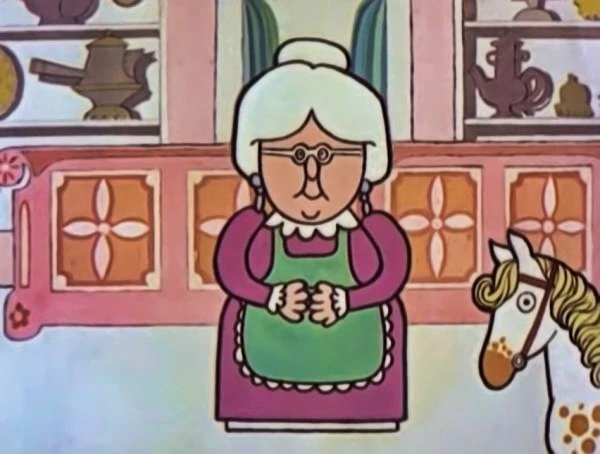
Hall and Cosgrove's main source of employment was creating opening titles for television shows (in fact, during his first stint at Granada, Hall made the first roller caption for Coronation Street) and during their spare time they would work on ideas of their own. Cosgrove had made what Hall later described as an 'arty' film in which he tested various techniques, and this inspired them to come up with The Magic Ball. They took the idea to Granada who ordered a series. The duo still had their day jobs at Granada and were working all hours through the night and at weekends, in a converted garden shed at Cosgrove's father-in-law's house, to produce the full series. "I did the backgrounds", Hall later said in an interview. "I was much more 'painterly' and illustrative than Brian, who was more into character design and animation. He took all his clues from Disney. Therefore, when we got together, the partnership was perfect. I was able to create storyboards which helped during the planning stages." The stories were written and narrated by Eric Thompson, of Magic Roundabout fame.
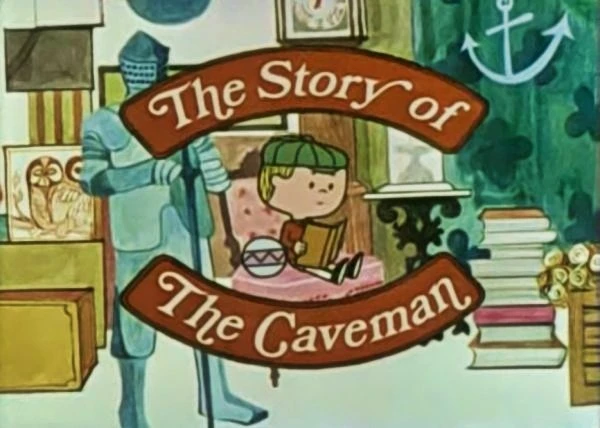
Thompson (father of Emma Thompson) taught Hall and Cosgrove a very valuable lesson in the early days. "The way we worked was we made the film, then he worked out the script", said Hall. "He didn't want to know about the story. He said, 'Always let kids come up to you.' In other words, if there's a long word in there, let them find out what it is. Don't write for their level. That was a good lesson for us. We never consciously looked down on children."
The Magic Ball also featured a number of recurring characters who would turn up in different roles, such as the white-bearded Cosmo, Beckett (with a big nose and a goatee), the weedy Tarquin and the curly-haired Gloria. It proved popular enough for Granada to order a second series of 13 episodes and won a Hugo TV award at the Chicago Film Festival and another award at the Venice festival.
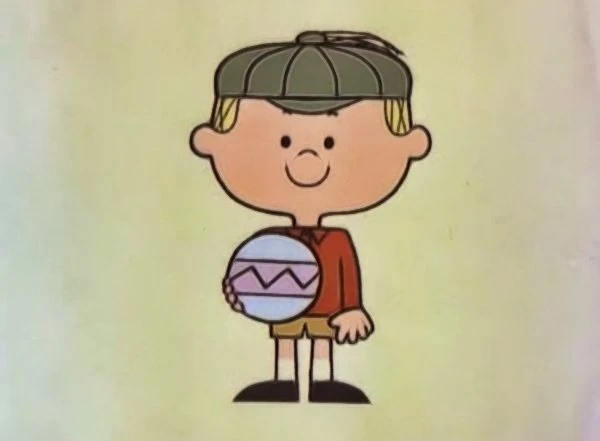
Over the next quarter of a century, Cosgrove Hall produced a string of popular shows using both cartoon and stop-motion animation. Their own magic ball may not have predicted the success they would have, but series such as Chorlton and the Wheelies, Jamie and the Magic Torch, Count Duckula, Danger Mouse and a reimagined Andy Pandy have become firmly entrenched in the imaginations of generations of children. Now that really is magic.
Seen this show? How do you rate it?
Seen this show? How do you rate it?
Published on July 28th, 2021. Written by Malcolm Alexander for Television Heaven.


